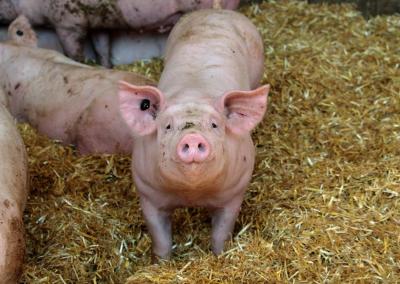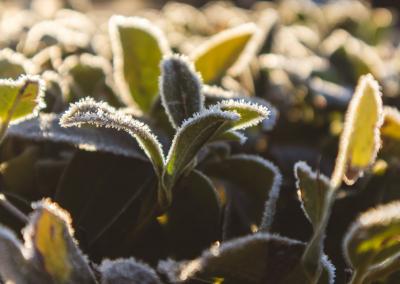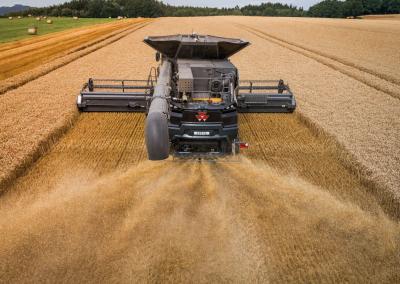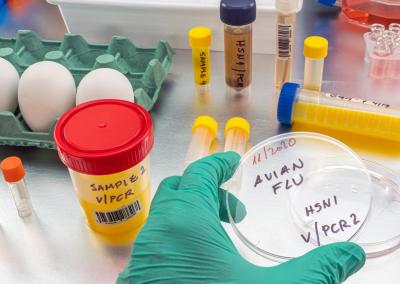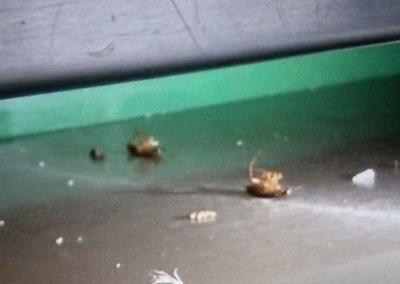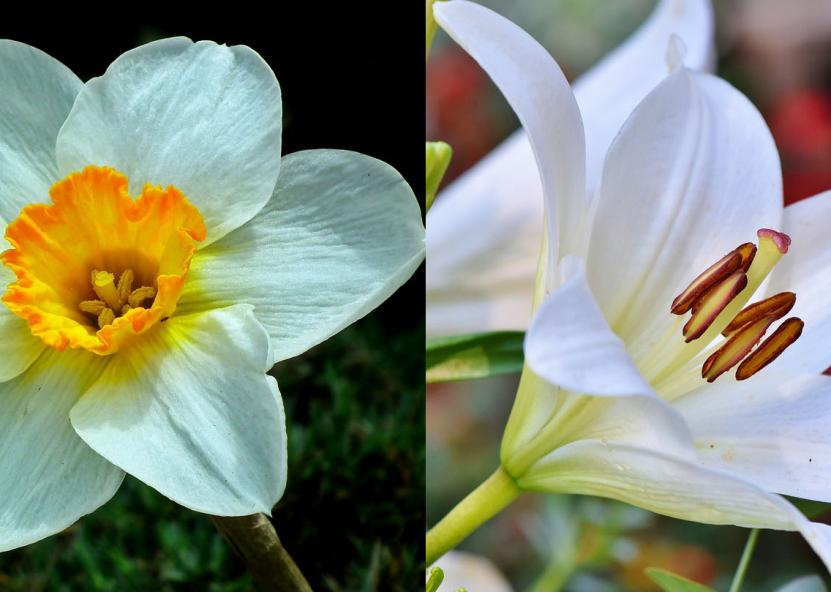Planting daffodils and lilies in August
Planting in August
In August, daffodil bulbs are ready for planting. Daffodils can be planted until mid autumn. Traditionally, they will start flowering in April/May.
It is important that daffodils are planted at a soil temperature of 8-10°C – this will allow the bulbs to grow their thin, sucking roots, but not to break through and emerge above the ground. Daffodils need about 3 weeks to fully root and adapt to the new conditions. This is how long it should be between planting and permanent low temperatures.
Healthy daffodil bulbs should be dense and firm, with a firm feel in the hand, smooth and dry on the underside, and free from any signs of damage (spots, plaque, mould). The shells of high-quality bulbs are dry and golden yellow. If you suspect that the bulbs are not healthy, it is better to refuse to buy them at once, as just one diseased bulb can be a source of infection for the whole flower garden. Bulbs with sprouts that have sprouted and bulbs that have been dug up with florets should also be avoided.
Narcissus is not a sticky plant, but it will grow better in partial shade than in open sun. It is advisable to protect the daffodil bed from draughts, as wind gusts can break off the inflorescences, which tend to be large. It is best planted close to fences, building walls and under the canopy of fruit trees. Daffodils should not be planted in low-lying areas or where the water table is close – the bulbs will rot due to the constant high humidity. Choose a higher location or at least a slope to avoid water logging in the flower bed. Daffodils like a fertile, well-drained loamy soil with a neutral to slightly acidic reaction (pH 5-7).
Bulbs should be sorted by size before planting daffodils – this will help to prepare the correct depth of the hole, as the generally accepted rule is that it should be three times the height of the bulb. If the soil is dense and clayey, it is recommended to reduce the depth by 2-3 cm, if it is light sandy, to increase it.
The planting step also depends on the size of the bulbs: leave 15-20 cm between adult large bulbs (this will allow many daughter bulbs to be produced during the season). Small ones can be planted more densely – they need to gain mass next year and will flower and reproduce later.
Prepare wells of suitable depth, with coarse sand at the bottom for drainage. Place the bulbs in the bottom of the pits, bottom side down, cover with soil and lightly compact.
In dry weather, water sparingly (to encourage root growth). If planted in moist soil, watering is not necessary. Mulch with wood chips or dry hay.
Planting Lilies in August
Lily bulbs can be planted between August and October. Aim for a soil temperature of around 10°C. Bulbs will root well at this temperature. Most varieties of garden lily bulbs tolerate soil frosts well, and in April they start to grow vigorously and feel even better than those planted in the spring, which are often too tender and fragile. Lilies with the shortest dormancy period are planted first in August-September to give them time to establish before the cold weather sets in.
First of all, you need to choose healthy and good quality planting material – lily bulbs. In autumn, it is especially important to plant lilies with fresh bulbs dug this season. The lily bulb should be fairly dense, with live, unbroken roots, a dense underside, clean shells and no musty smell. It should not have dry or dark damp spots.
Vienna lily varieties prefer slightly acidic soils, other varieties prefer more acidic soils.
Find planting holes that are 2-3 times the height of the bulb itself. As the size of the bulbs and the position of the roots on them can vary from variety to variety, the depth of the planting hole can be as little as 7-15 cm or as much as 25 cm. The pits should be dug at a distance of 15-30 cm.
Add coarse sand to the bottom of the hole as drainage. Plant the bulb in the sand, gently straighten the roots, and top it with a layer of the same sand. On top, add another layer of soil, which needs to be lightly compacted and watered.
When planting lilies in August-September, there is hardly any need for further regular watering – the rains will usually do the rest for you. Mulch the planting site with leaf mould, humus, a layer of ash or peat (for lilies that like acidic soil).




